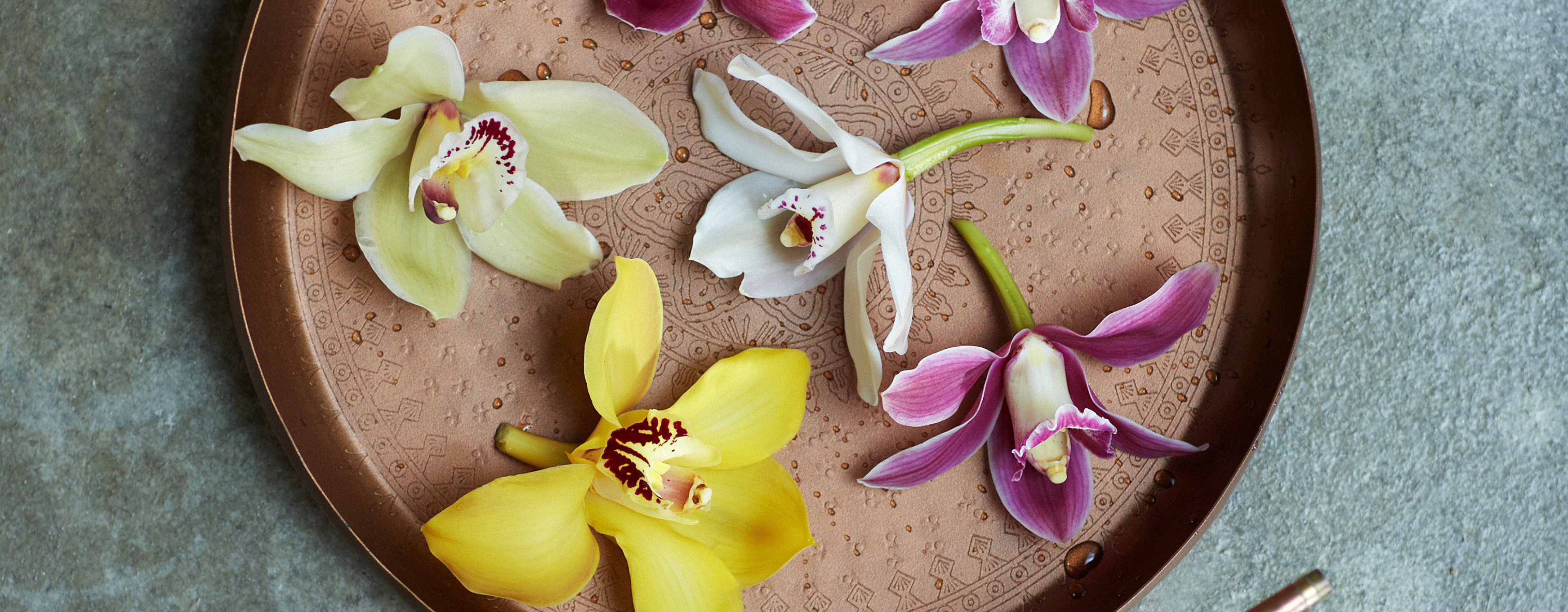
Cymbidium
Discover the many possibilities
Unleash Cymbidium’s full potential
Welcome to a world just for you, where Cymbidium Orchids take centre stage and creativity knows no bounds. Whether you are an experienced florist or just starting out in the floral industry, this website is designed to inspire, inform and celebrate creativity. Join us in discovering the endless possibilities of Cymbidium orchids – because every florist, from the seasoned professional to the up-and-coming talent, deserves to thrive!
Cymbidium.info is an initiative of Dutch cut cymbidium growers. They work together to inspire you and give you an insight into the versatility and applications of Cymbidium.
#Cymbidiumlover
Do you want to share your passion for Cymbidium? Show us your creations using #cymbidiumlover

About Cymbidium
Cymbidium is an elegant and mysterious flower. The Cymbidium is versatile due to its beautiful flowers, extensive colour palette and variety of shapes.
There are more than 1,000 species of Cymbidiums in total. You can quickly recognise them by their impressive flower column. The varieties are mainly divided into two categories: small-flowered and large-flowered Cymbidiums.
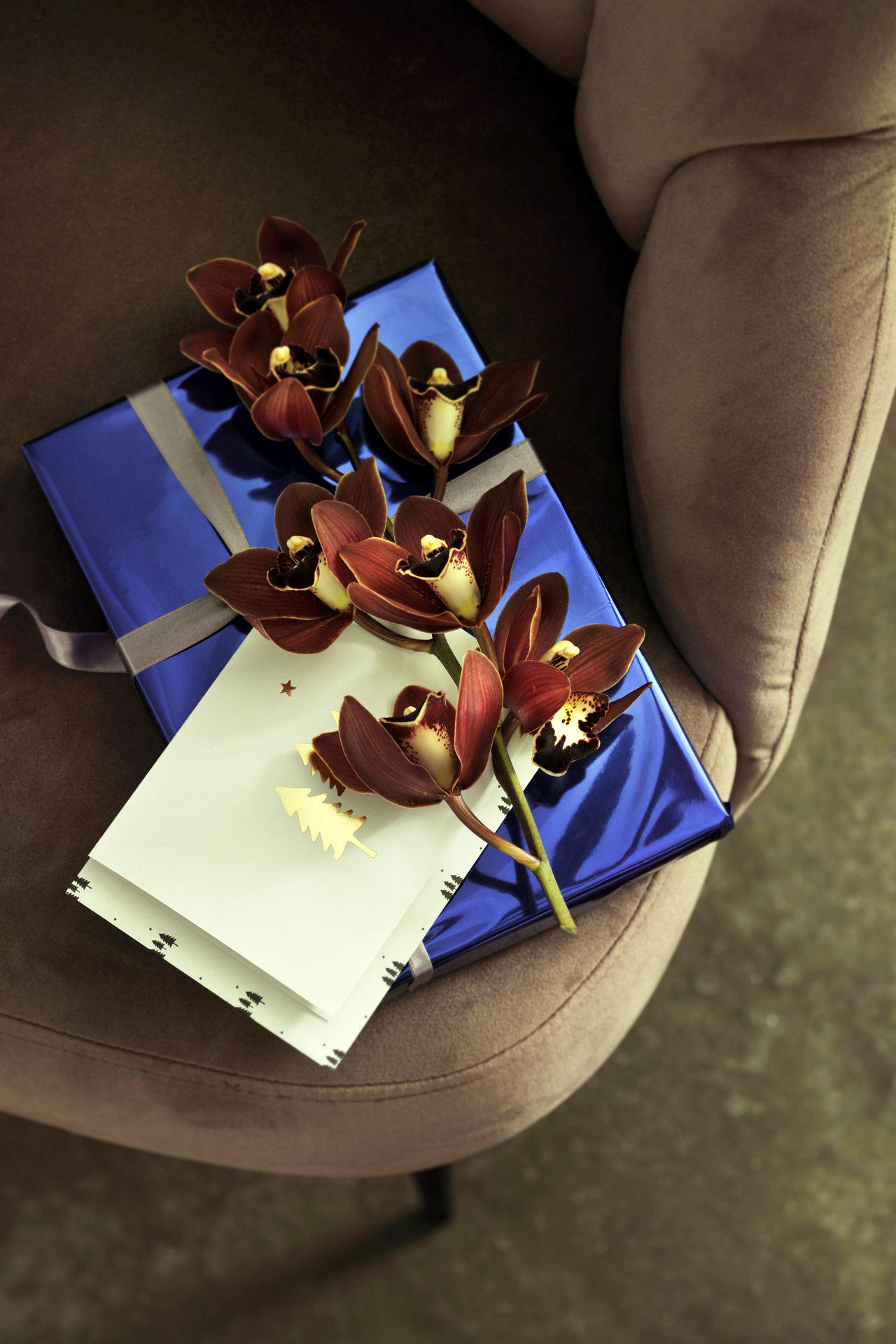
Origin and symbolism
All colours of the rainbow
Cymbidiums are available in red, orange, yellow, green, blue, indigo and violet. They are also available in natural colours such as brown and white. And if you still haven’t found something you like, there are also two-tone varieties.
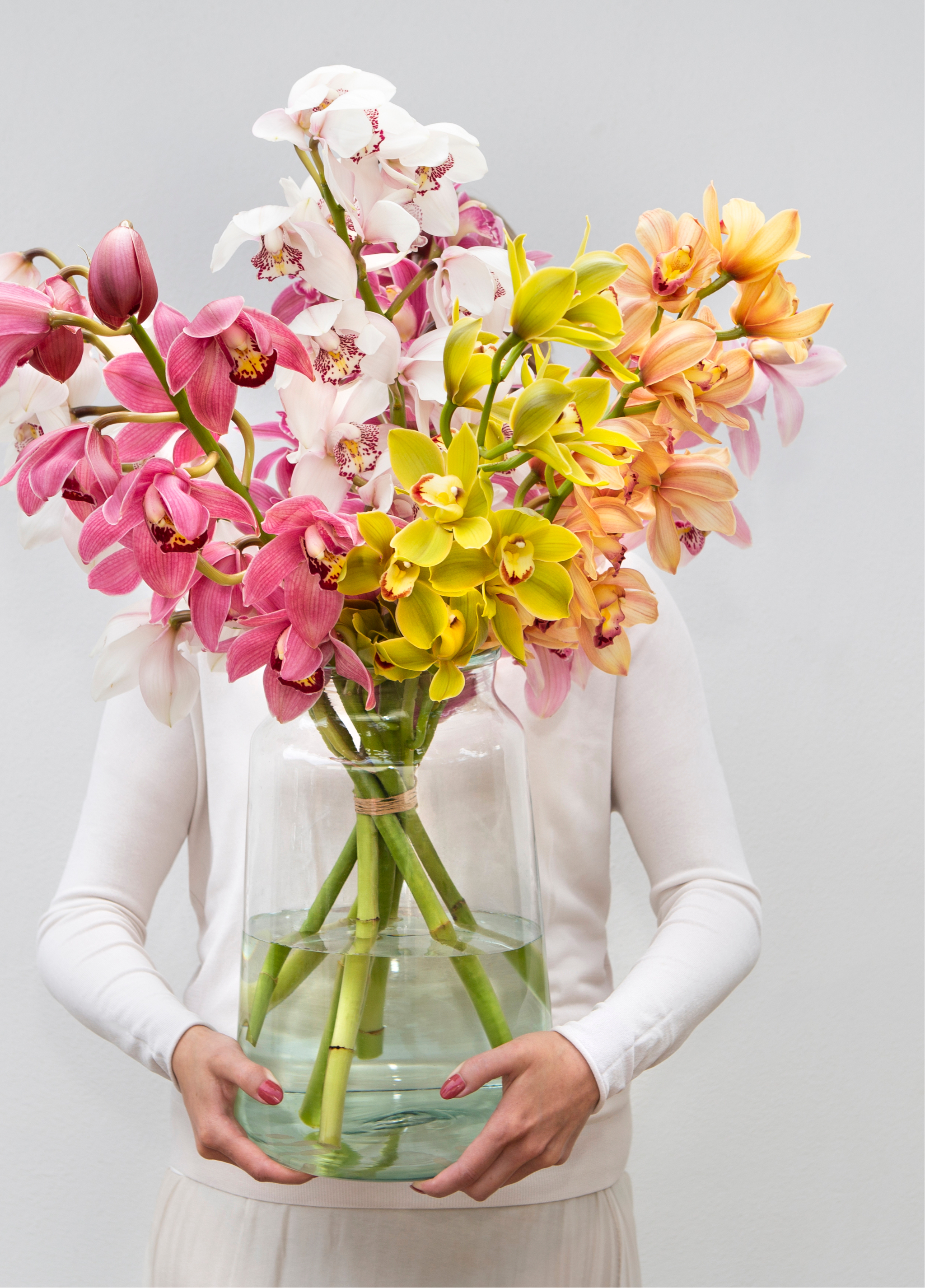
Cymbidium are strong flowers and they will last for a long time indoors;
up to 2-3 weeks
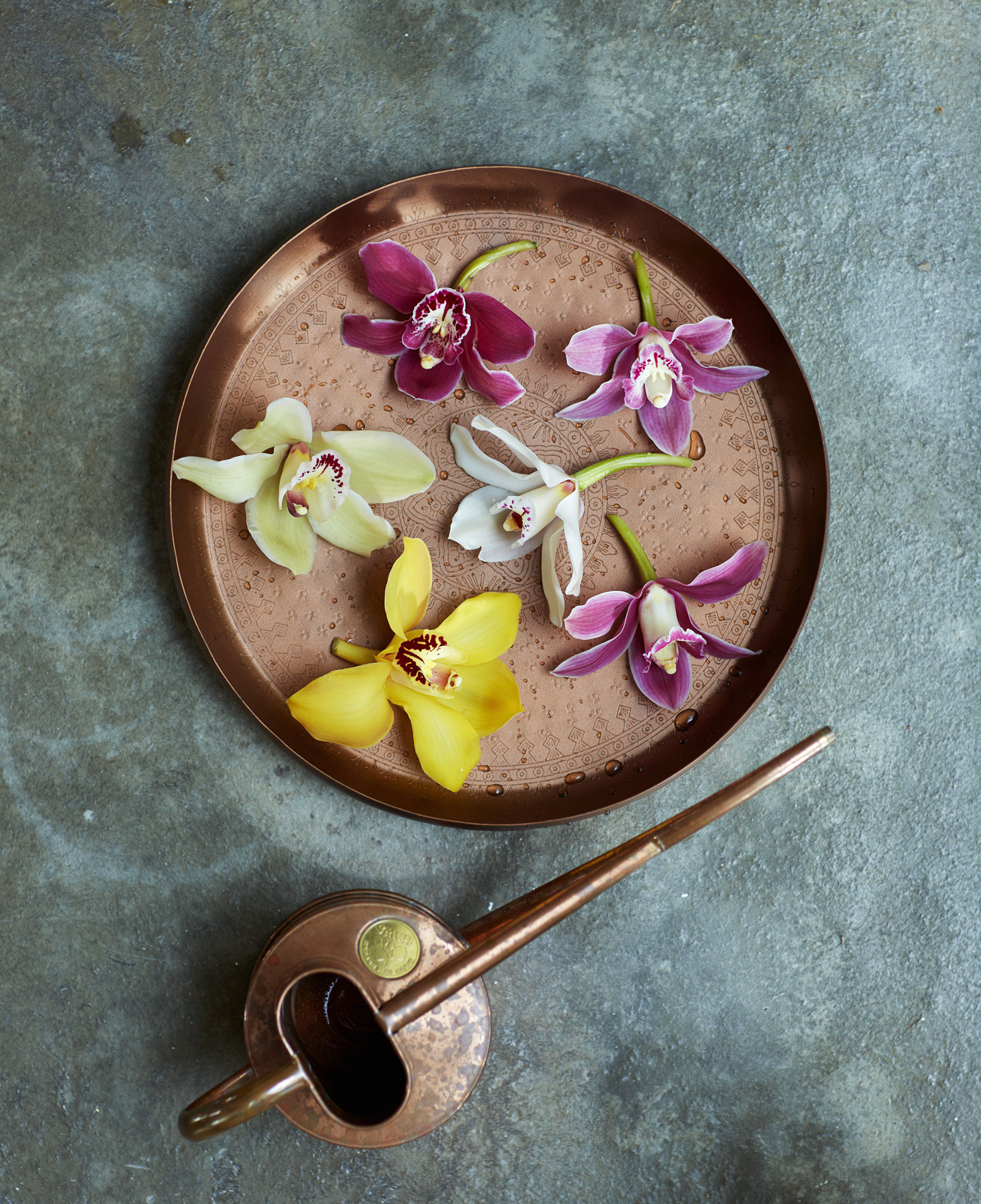
Flowers for kissing
Round or pointed; these orchid-like flowers can be easily recognised by the three petals and three sepals. The middle petal is also called the ‘lip’; a flower to kiss! Insects like it too. They use this ‘landing spot’ to reach the inside of the flower. Mother Nature has given this a lot of thought; she has given the lip a more exuberant colour and eye-catching markings to attract the right insects.
Cymbidiums give off a mild sweet scent?
The philosopher Confucius even called the flower “the king of fragrances”.